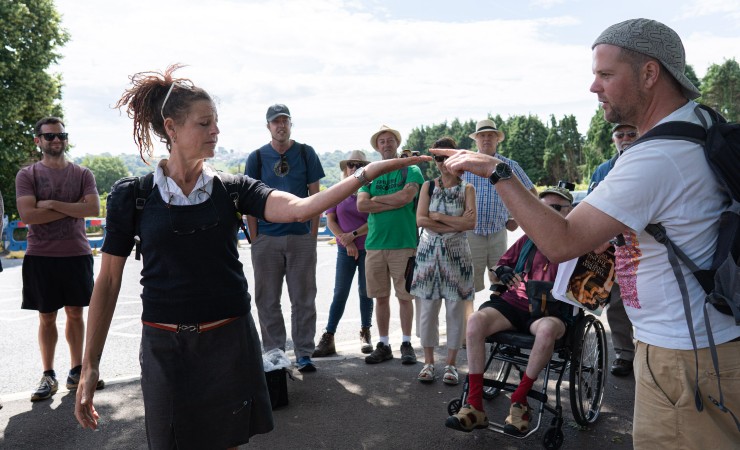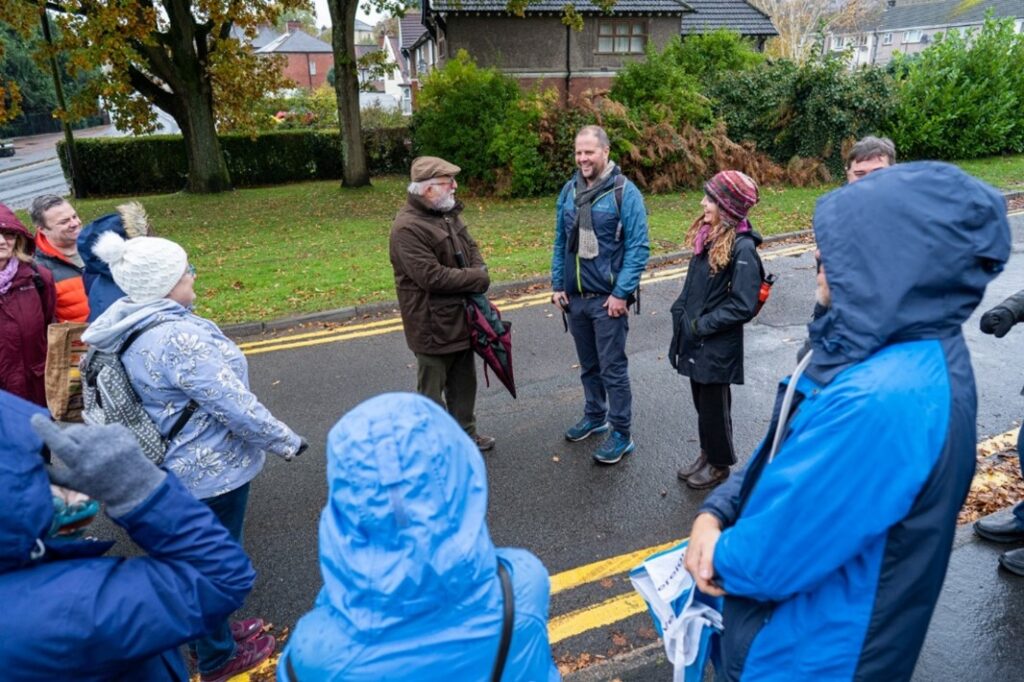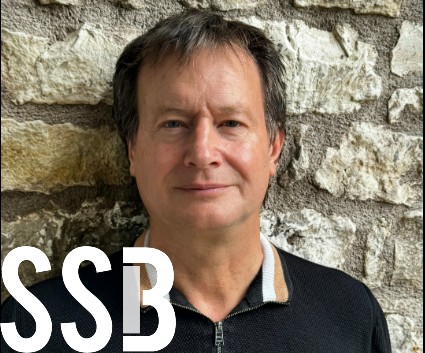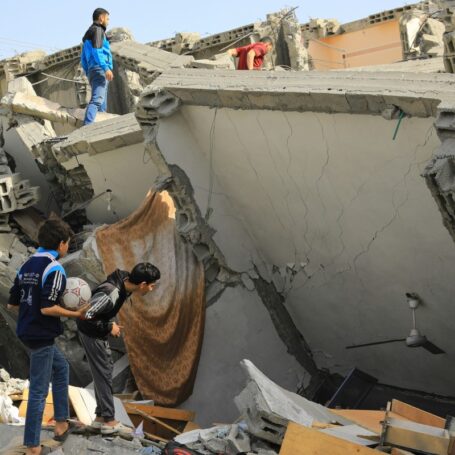Using Video to Facilitate and Record Spatially-Led Interviews
In this first of a series of three blog posts, I reflect on my research experience of taking the very naturalistic and low-tech concept of walking conversations and outdoor events into a digital form. This first article introduces the reasons which led me to innovate an existing technique into an online format, and the experience of prototyping the technique. The second article will be written as I work with thwarter makers and performance artists to interpret the stories. The final submission will explore how the whole project is produced into an event and a publicly available film.
To start I explore the personal motivations and curiosity which encouraged me to pursue this technique. This initial reflection also underpins the whole series of blog posts. This technique is about being embodied; tapping into subconscious desires and uncovering realisations that we do not normally stumble upon. I am talking about a form of psychogeography, which was defined in 1955 by Guy Debord as “the study of the precise laws and specific effects of the geographical environment, consciously organized or not, on the emotions and behaviour of individuals.”

What is embodied walking research?
I have long been intrigued by how being in a space and place connects us to deeper memories and feelings. As a child in the 1980s I would make family trips to North Wales to see my grandparents. Thinking back nearly 40 years, I remember walks with Taid – my Welsh grandfather – and can retrace the steps as we leave the cottage, trace the cliff edge, stop in the shop to buy some sweets, then unlock the beach hut and spend our days playing in the sea. The point I am making is that I can connect with memories if I put myself, and my body, in those physical spaces. A further understanding was gained towards the end of my grandmothers’ lives, where both had dementia. We all noticed that they were better able to recall experiences if they talked about addresses and places.
During 2019 I developed an embodied interview technique for my PhD. I went for walks with individuals, taking both outdoor strolls and through spatially framed memories shared from the armchair. People connected to everyday experiences of the past as they followed streets, scaled the neighbourhood, and explored the wider town. A key part of my work was to hold public events, where I worked with a performance artist to create playful interventions based on the stories that people had shared with me. Sharing these short performances with the public helped to disarm people and stories started to flow, which is clear from this three-minute film below.
Potential set back?
The COVID-19 pandemic hit in 2020, which left researchers struggling to continue with in-person interviews. As such, walking interviews and outdoor research gained some prominence and resulted in new techniques being developed through the Methods for Change toolkit and others. In early 2021 I was developing a postdoctoral research proposal where I sought to understand the ageing population in Britain and the spaces in which people aged 65 and above had lived from the late 1950s through to the early 1970s. A key element was to develop that rich methodological seem from 2019. I aimed for an online approach due to uncertainty about society being locked down at short notice. My proposal included a procedure that would couple video-based interviews with mapping systems, such as Google Maps. Moreover, I asked for the resource to work with a theatre company that could help turn digital interviews into more performances, eventually leading to further outdoor events and a series of films.
An opportunity to take the process online
In October 2021 I started a 12-month postdoctoral project, with a grant from the UK’s Economic and Social Research Council. I sought ethical approval from Swansea University to develop what I called “a digital walk of the mind.” The main innovation was to explicitly record the online conversation. As participants followed lines on the virtual ground, I hoped that they would support their accounts by sharing images or other media. I argued in my ethical application for the opportunity for the participants’ likeness to be used in any edited film. My reasoning was that some people could use the material for their own purposes, perhaps as a digital story of their lives. The ethics approval also gave me the right to document and film the entire development process. Should people not be keen on video interviews there was also scope for in-person sat-down walks of the mind.
Trialling the technique
I start each interview by explaining that we could follow a broadly chronological or life course approach, starting in childhood and following stages through to older age. To trigger – or recall – memories, we would follow some kind of line important to people. The decision to lead would be in the hands of the interviewee and my role would be to guide the conversation, as well as making sure that we did not have conversations that were too sensitive.

So far, the interviews have revealed some interesting and unexpected findings. For example, one person took complete control of the map. This individual seemed to be scripted in their approach and had thought deeply about where to take me on the walk. For example, I went on the walk from his house to school and we visited every place that he had lived as an adult. For some other people, they suggested places for us to go next and I then found those locations. In the short film clip (2:46) below one person recalls how the motorway was built through their town in the 1960s, and how it divided people. There is a clear feeling that progress in transportation terms for some was also about huge compromise for others. Similar topics are reflected in a paper by historian Martin Johnes.
One person was very keen to meet me in person rather than online. We tapped into experiences from the 1970s by following the lines on a conventional printed map. However, there was a curious mix of personal and digital as several times we took out our smart phones to get the specific name of a street or a precise location.
What next?
A relationship with Tin Shed Theatre Company in Newport, Wales started in May 2022, when we started to build a team with a producer, director and community-based writers from the Public Theatre Company. Our aim is to capture decades such as the 1960s and 1970s as a time of change. We have a shared digital space containing materials such as film clips, written pieces, and audio files. In the middle of July we spend two days in the studio, where we will be joined by performance artists and a filmmaker. I am confident in the dramatic potential of the material, such as the motorway story, and also look forward to what other people bring to table. The work stage in July is the subject of the next blog post. I hope that it will allow us to make sense of the materials and we will then plan an outdoor walking event in September, with a film to accompany it. As every interviewee has been happy for their likeness to be used, we have the potential to bring them back into the next two stages of the work.
Altogether, I hope that this approach to social science brings people into the conversation and can help to influence the work of policy makers, architects, designers, and also the general public as we reconsider our relationships with streets, neighbourhoods, and also with the car.



























































































